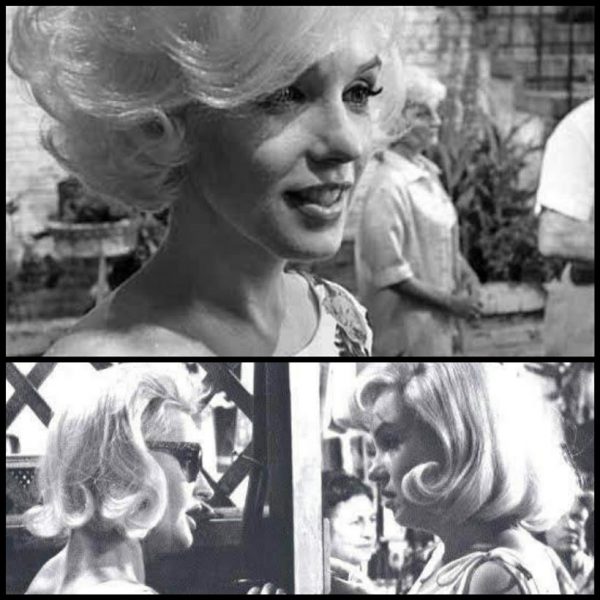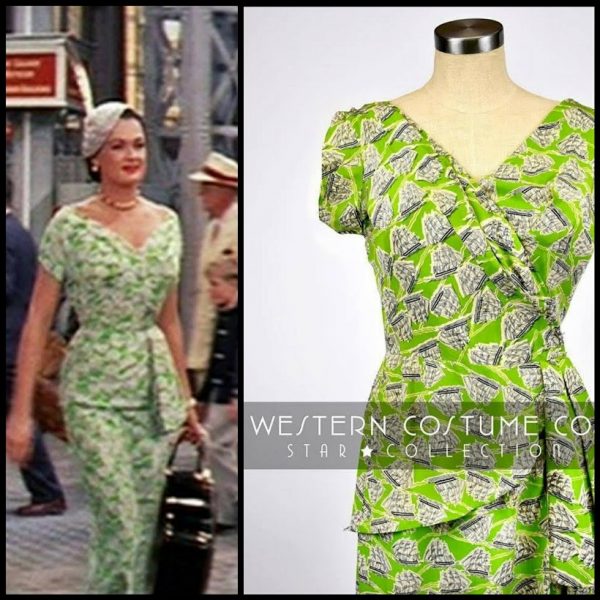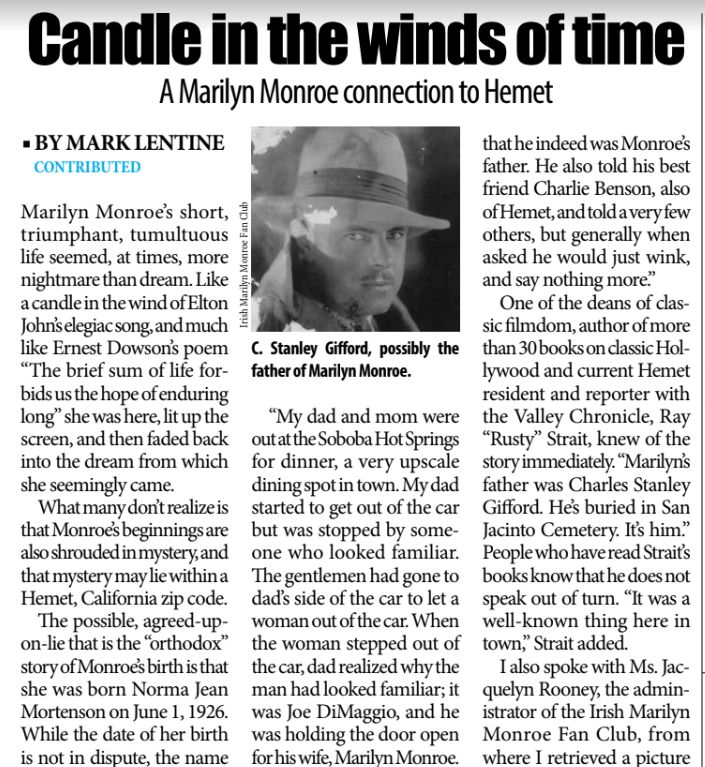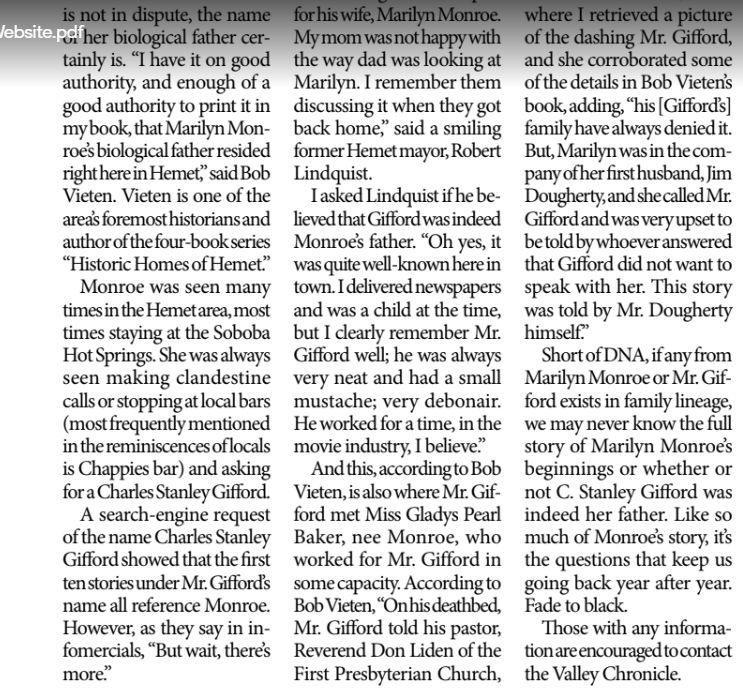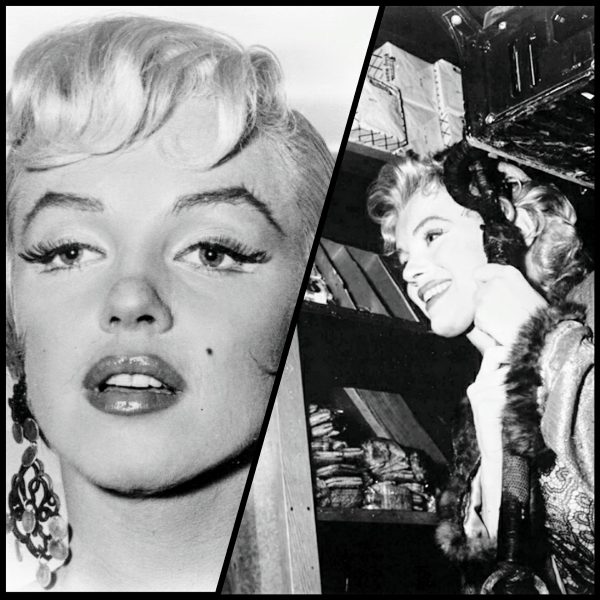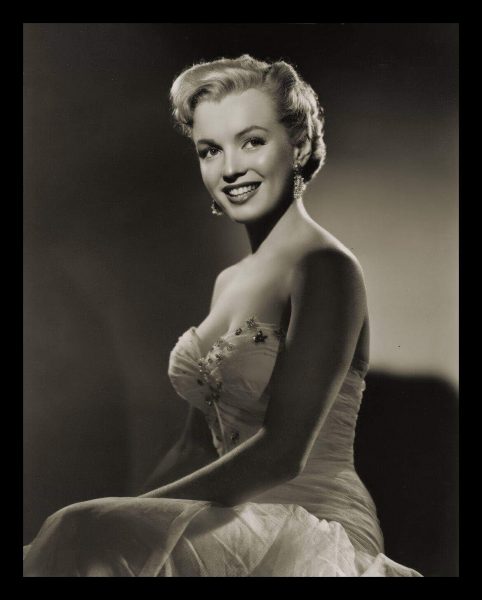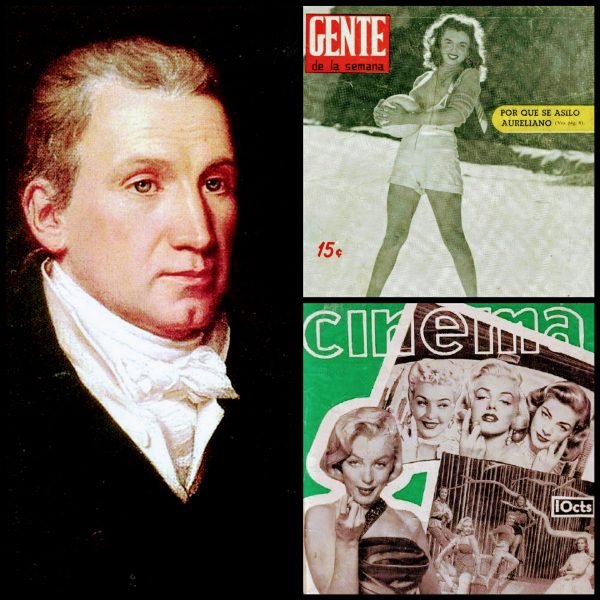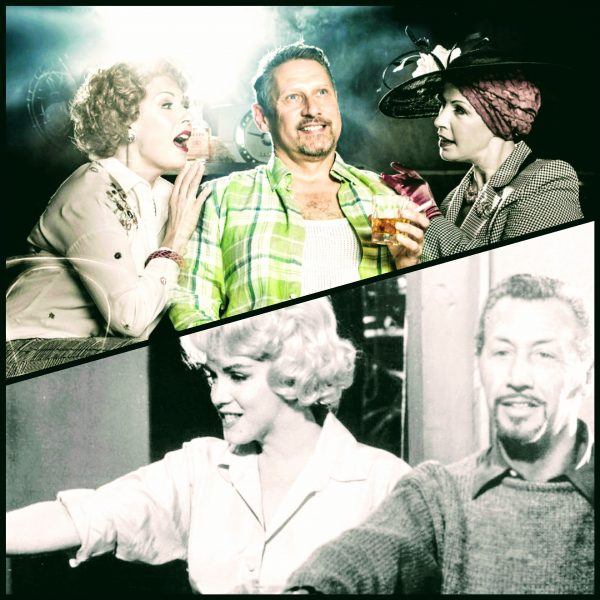
Actress Kathryn Kane has died aged 100, the Telegraph reports. She was one of the inspirations behind Sugar Kane, the character played by Marilyn in Some Like It Hot. (Another was Helen Kane, the singer who first popularised ‘I Wanna Be Loved By You’, which Marilyn performed in the movie.)
“Kathryn Kane, often billed as ‘Sugar Kane’, was a blonde, blue-eyed model and actress who was promoted by Warner Bros as the female answer to MGM’s Mickey Rooney, and for a few years in the 1930s her wholesome, girl-next-door appeal gave her a taste of stardom.
In 1935, while working as a model, she was spotted by a Warner Bros talent scout and put on a train to California. The studio publicity department changed her name to ‘Sugar Kane’ and cast her in a series of musical shorts to publicise her singing voice, including The Magic of Music and A Great Idea (both 1935).
She was loaned out to Paramount for her first feature, the comedy Love on Toast (1937) in which she played second fiddle to Stella Adler. She followed it the following year with the backstage burlesque crime drama, Sunset Murder Case, which was banned in some American cities due to its racy content.
That year she was also in the musical short, Swingtime in the Movies (as Katherine Kane), but was then dropped by Warner Bros. She signed to Universal and took her best role to date, playing the female lead, Snookie Saunders, in the musical comedy Swing, Sister Swing, about a dance craze, ‘The Baltimore Bubble’.
She followed it with The Spirit of Culver (1939), a drama designed to rejuvenate the flagging careers of former child stars Jackie Cooper and Freddie Bartholomew. The same year she appeared in the comedy short Quiet, Please, in which she played an actress in a relationship with a fellow movie star (played by Larry Williams); the pair are in love for the camera but at each other’s throats in real life.
After the war she appeared on stage in one of Earl Carroll’s musical variety shows and in 1947 she made a fleeting return to films with an uncredited part in That Hagen Girl, starring Shirley Temple and Ronald Reagan.
By 1959 her film career was long over, but Billy Wilder used her sobriquet in Some Like it Hot, casting Marilyn Monroe as the carefree Sugar Kane Kowalczyk, singer and ukulele player in Sweet Sue and her Society Syncopators.”

